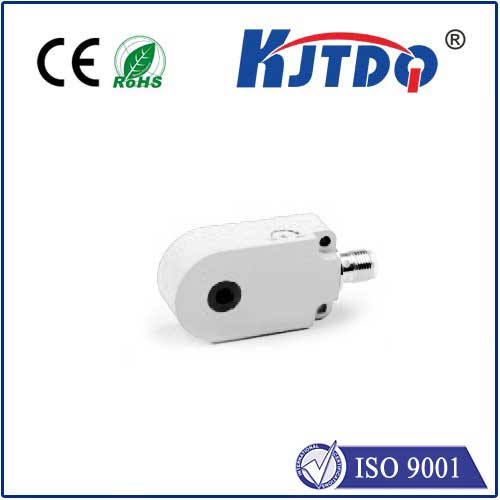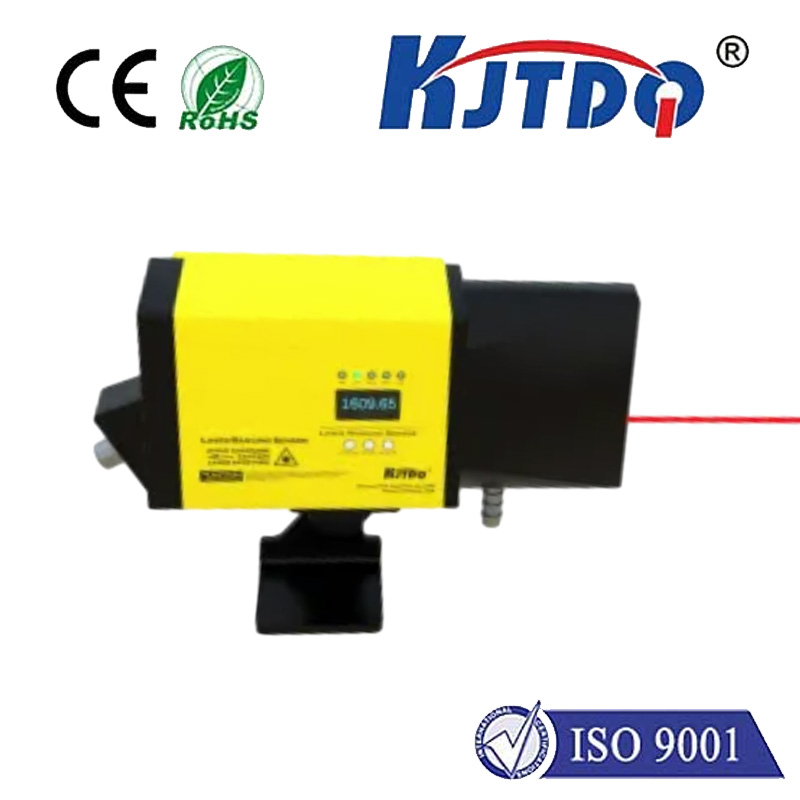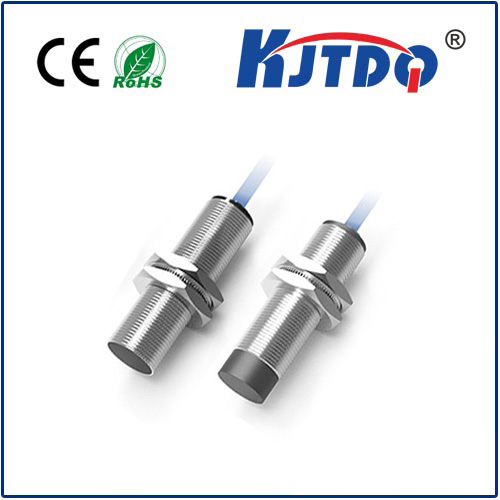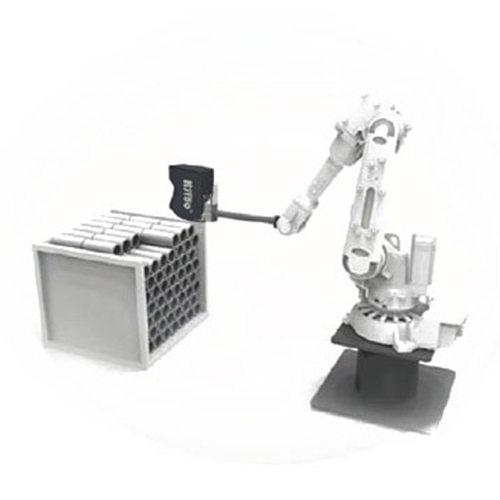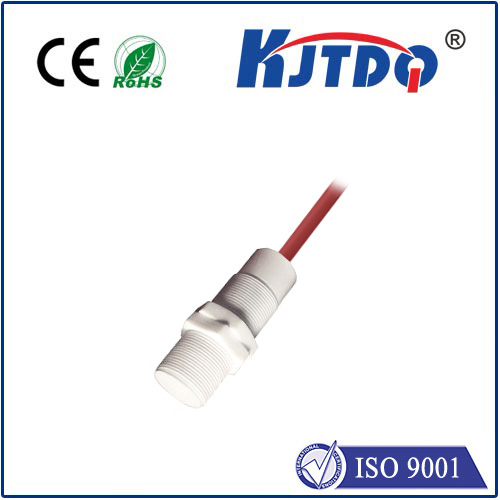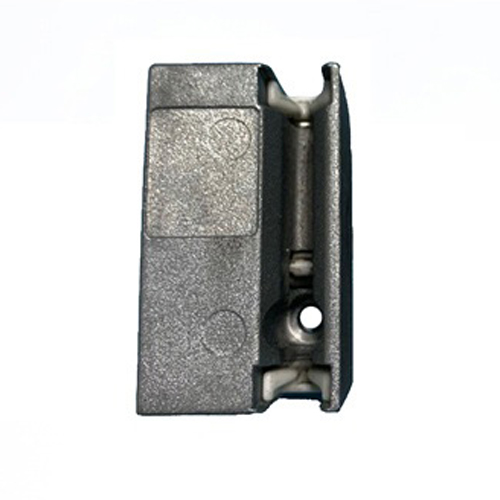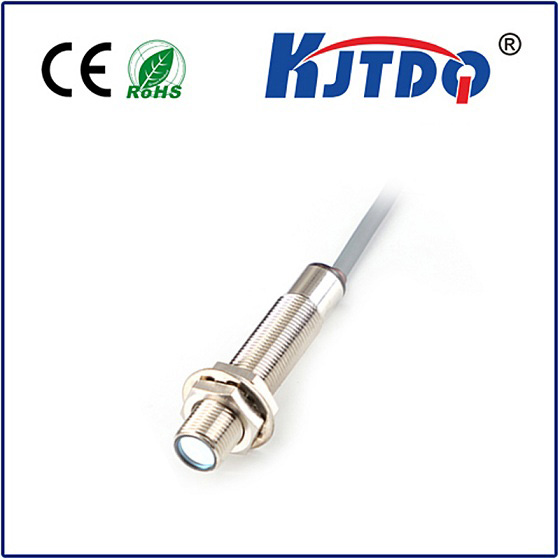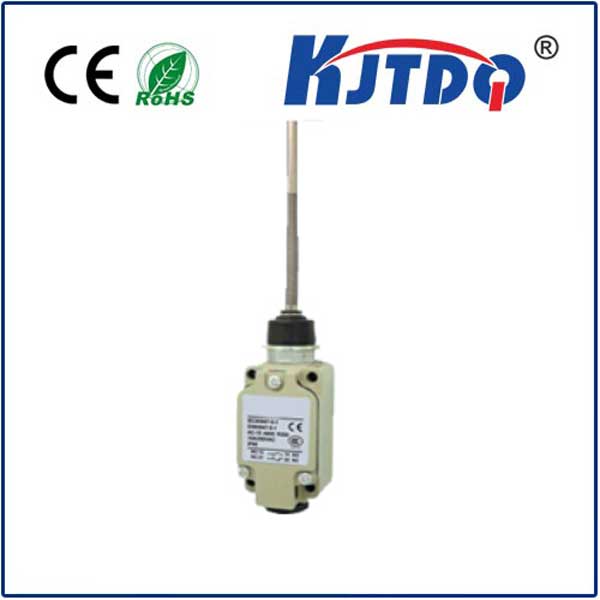sensor it
- time:2025-08-25 03:37:33
- Click:0
Sensor It: Unlocking the Power of Active Sensing in a Connected World
Imagine a factory floor humming with activity. A critical pump, running 24⁄7, suddenly develops an abnormal vibration pattern. Without human intervention, built-in sensors detect this subtle change. An alert fires instantly to maintenance teams, pinpointing the issue and suggesting component wear. Repairs happen before failure, preventing costly downtime. This is the power of “sensoring it” – not just having sensors, but strategically deploying and actively utilizing them to create intelligence and drive action.
“Sensor It” transcends the simple existence of sensing devices. It embodies a proactive philosophy: the deliberate act of instrumenting our environment, processes, and assets to continuously gather meaningful data. It’s about shifting from passive monitoring to active intelligence gathering. In an era dominated by data, sensors are the essential translators, converting the physical world – temperature, pressure, motion, light, sound, chemical composition – into digital signals we can analyze, interpret, and act upon. This capability is fundamentally reshaping industries and daily life.
The Engine Room: Key Technologies Fueling the “Sensor It” Revolution
Several converging advancements make “sensoring it” more powerful and accessible than ever before:

- The Internet of Things (IoT): This vast network forms the backbone. Sensors embedded in machines, vehicles, buildings, and even clothing connect via wired or wireless protocols (like LPWAN, Bluetooth, Wi-Fi, 5G) to transmit data to central platforms or the cloud.
- Miniaturization & Cost Reduction: Sensors have shrunk dramatically while becoming significantly cheaper and more energy-efficient. This enables their deployment in previously impractical locations – within pipelines, on moving parts, across sprawling agricultural fields, or on wearable health trackers.
- Advanced Analytics & Artificial Intelligence (AI): The raw data streams are valuable, but their true power is unlocked through analytics. AI and machine learning algorithms process massive volumes of sensor data in real-time or near-real-time. They detect anomalies invisible to the human eye, predict future events (predictive maintenance), optimize processes, and generate actionable insights. Edge computing, where data is processed locally on the device or a nearby gateway, minimizes latency for critical decisions.
- Wireless Connectivity: Ubiquitous and increasingly robust wireless networks ensure data flows seamlessly from the sensor point to where it needs to be analyzed and acted upon.
Why Actively “Sensor It”? Tangible Benefits Across Industries
The strategic application of sensing technology delivers compelling advantages:
- Enhanced Efficiency & Productivity: Real-time sensor data optimizes manufacturing processes, reduces energy consumption in smart buildings, streamlines logistics, and automates resource management in agriculture (precision farming). Data-driven decisions replace guesswork.
- Predictive Maintenance: This is a game-changer. Instead of scheduled (often unnecessary) maintenance or waiting for equipment to fail (reactive maintenance), sensors monitor asset health (vibration, temperature, acoustics). Anomaly detection flags potential issues early, allowing maintenance only when needed. This drastically cuts downtime, extends asset lifespan, and reduces maintenance costs.
- Improved Safety & Security: Environmental sensors detect hazardous gas leaks or fires instantly. Wearable sensors monitor worker fatigue or unsafe conditions. Security systems leverage motion, sound, and image sensors for intrusion detection and surveillance. Sensors in vehicles enable advanced driver-assistance systems (ADAS) and autonomous driving.
- Elevated Quality Control: In manufacturing, sensors continuously monitor product dimensions, weight, color, and material integrity during production, ensuring consistent quality and minimizing waste. In healthcare, biosensors provide critical patient vitals monitoring.
- Data-Driven Innovation: The constant stream of sensor data provides unprecedented insights into how systems operate and how people interact with them. This fuels the development of new products, services, and business models. Sensoring it creates the foundation for digital twins – virtual replicas of physical assets or processes used for simulation and optimization.
Putting “Sensor It” into Practice: Real-World Applications
- Smart Manufacturing (Industry 4.0): Sensors monitor machine performance, environmental conditions, and product quality throughout the production line. AI analyzes data to predict machine failures, optimize energy use, and ensure zero-defect production. Robots equipped with sensors collaborate safely with humans.
- Smart Cities: Traffic sensors optimize light timing and manage congestion. Noise sensors identify problematic areas. Environmental sensors monitor air and water quality. Smart waste bins signal when they’re full, optimizing collection routes. Sensoring urban infrastructure creates more livable, efficient cities.
- Precision Agriculture: Soil moisture sensors guide irrigation, minimizing water waste. Drones with multispectral sensors assess crop health. Sensors on tractors monitor yield in real-time. Livestock wear health-monitoring tags. Resource optimization and increased yields are direct results.
- Healthcare & Wellness: Wearable fitness trackers monitor heart rate, steps, and sleep. Implantable sensors track glucose levels for diabetics. Remote patient monitoring systems use sensors to keep tabs on vital signs at home, improving chronic disease management and enabling early intervention. Sensors empower proactive health management.
- Logistics & Supply Chain: GPS and condition sensors track the location and environment (temperature, humidity, shock) of shipments in transit. Warehouse sensors monitor inventory levels and optimize storage. This ensures product integrity, prevents loss, and enhances delivery efficiency.
Navigating the “Sensor It” Journey: Challenges & Considerations
While powerful, implementing a robust “sensor it” strategy isn’t without hurdles:
- Data Deluge & Management: The sheer volume of data generated requires robust infrastructure (storage, bandwidth) and sophisticated data management strategies. Not all data is equally valuable; filtering the signal from the noise is critical.
- Power Requirements: Maintaining power for vast networks of sensors, especially in remote locations, is a significant challenge. Energy harvesting techniques and ultra-low-power designs are crucial advancements.
- Security & Privacy: Connecting countless devices creates new attack surfaces. Protecting sensor data from breaches and ensuring user privacy are paramount concerns demanding robust cybersecurity measures and clear data governance policies.
- Interoperability: Sensors and systems from different vendors need to communicate seamlessly. Open standards and protocols are essential for scalable and integrated solutions.
- Cost vs. ROI: While sensor costs have fallen, deployment, integration, data management, and analytics still represent significant investments. Clearly defining the problem being solved and the expected return on investment (ROI) is vital.
The Future: Sensing Without Limits
The “sensor it” evolution continues. Biodegradable sensors promise minimal environmental impact. Self-powered sensors utilizing ambient energy (light, vibration) offer new deployment possibilities. Multimodal sensors combine multiple sensing capabilities into single, smarter units. Integration with augmented reality (AR) will overlay sensor data onto our physical view of the world for enhanced diagnostics and maintenance.
Sensoring it isn’t about covering everything in sensors blindly. It’s about strategically asking: “Where can active sensing provide transformative insights or automate critical action?” The answer lies in identifying pain points, opportunities for optimization, and areas demanding real-time awareness. When you strategically “sensor it,” you transform passive data points into a dynamic, intelligent nervous system for your operations, environment, or assets. The data streams become the lifeblood of smarter decisions, predictive capabilities, and unprecedented levels of efficiency, safety, and innovation. The physical world is talking; it’s time we actively listened.






